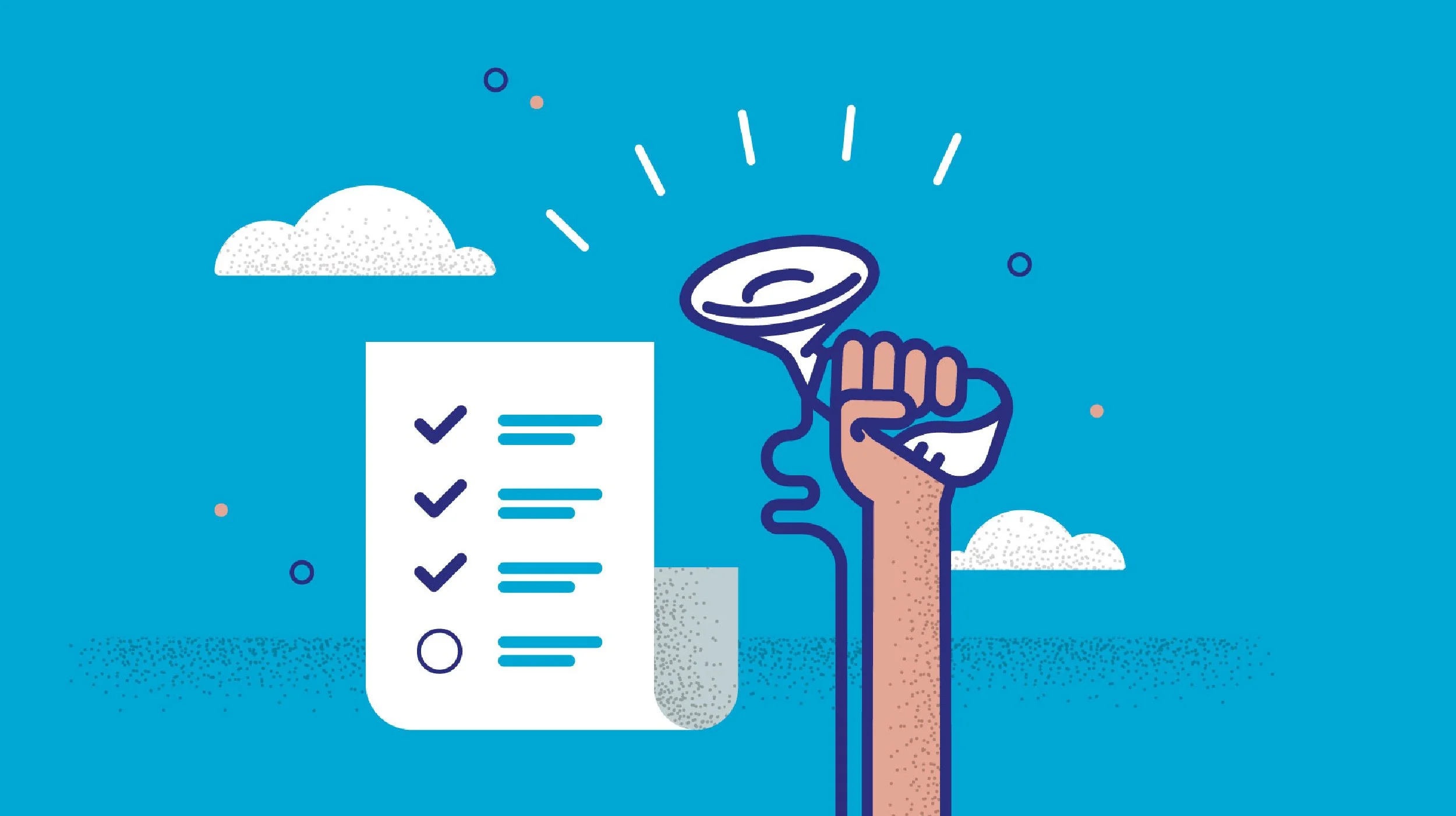How Paid Family Leave Boosts Breastfeeding
The U.S. is one of the only wealthy nations in the world without a federal paid family leave policy. While many workers can take unpaid leave through the Family and Medical Leave Act, 46% of workers are not even guaranteed unpaid, job-protected leave. In the absence of a comprehensive national policy, employers have a critical role to play in creating the infrastructure working parents need—especially when it comes to helping new parents establish—and continue—breastfeeding.
Paid family leave gives new parents time to establish breastfeeding
Breastfeeding may be “natural,” but it still takes new moms and their babies time to bond and figure out the physiology of nursing, together. Over 70% of new moms experience difficulty breastfeeding—from pain to cracked nipples to establishing their milk supply. And babies need to learn how to latch, suck and swallow. Most lactation consultants recommend waiting at least three to four weeks after birth before beginning to use a breast pump in preparation for returning to work. Paid family leave provides the time postpartum parents need to bond and establish a breastfeeding routine that works for their family.
Paid family leave boosts breastfeeding rates
The World Health Organization and the American Academy of Pediatrics recommend exclusively breastfeeding for the first six months (with continued breastfeeding, alongside complementary food, for up to two years when possible). So while breastfeeding initiation rates in the U.S. are high at 83%, without better structural support, like paid family leave, only 56% of those breastfeeding are able to meet the recommendations to continue breastfeeding at six months. The connection between paid family leave and breastfeeding is clear: breastfeeding women who received 12 or more weeks of paid family leave were more likely to initiate breastfeeding—and to still be breastfeeding at 6 months—than those without paid leave.
Paid family leave benefits women, families, and public health
Women with paid family leave are more likely to stay in the workforce (and earn more), parents with paid family leave are better able to care for their infants (which leads to better health outcomes), and fathers with paid family leave can play a more engaged role in child rearing (which can help equalize caregiving responsibilities). More paid family leave would make work more possible for more parents.
Paid family leave helps workplaces attract and retain employees
Providing paid family leave can be an essential competitive advantage when it comes to providing employee benefits that matter to working parents. Research shows that job seekers are looking for workplaces that support a work/life balance. Offering paid leave helps improve retention rates, resulting in cost savings from reduced turnover. And, ultimately, paid family leave increases participation in the labor force—which benefits the overall economy.
Mamava designs solutions to empower breastfeeding and pumping parents on the go, like our freestanding lactation pods, Mamava’s lactation space locator app, and other helpful resources.







